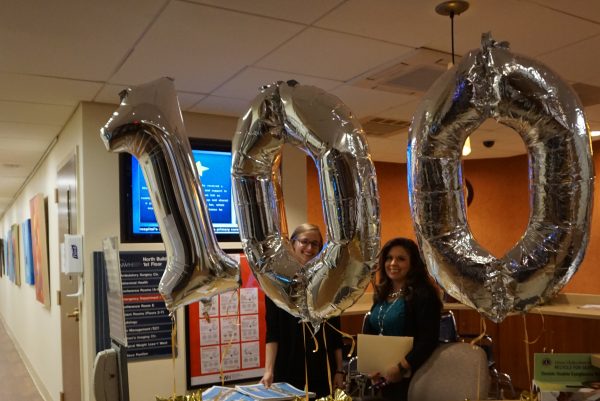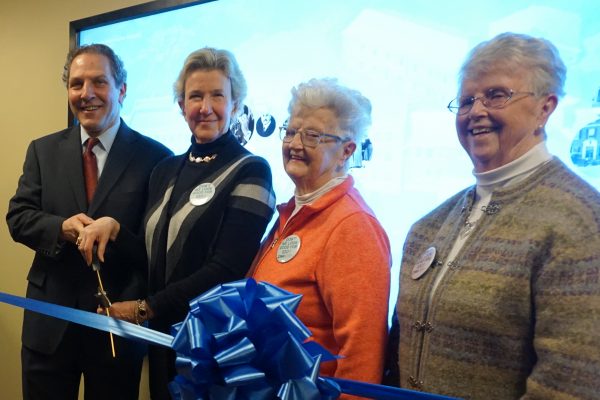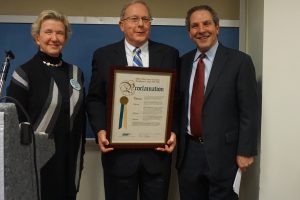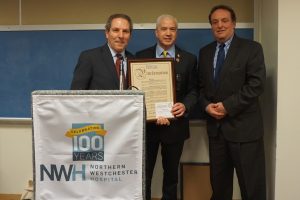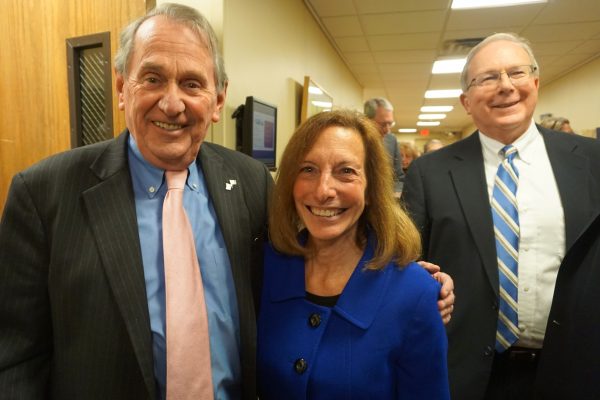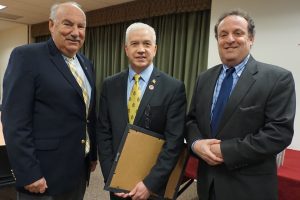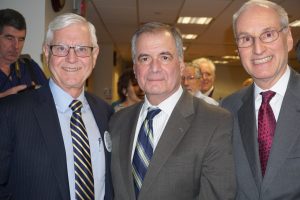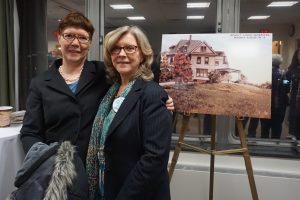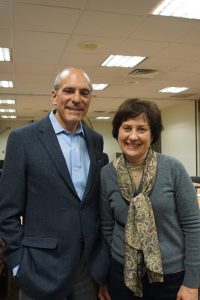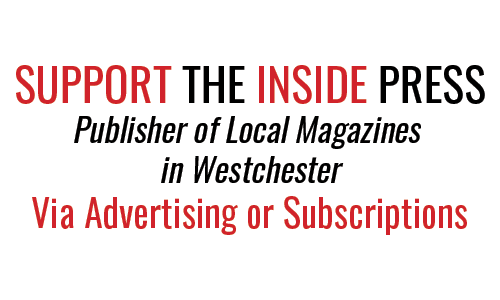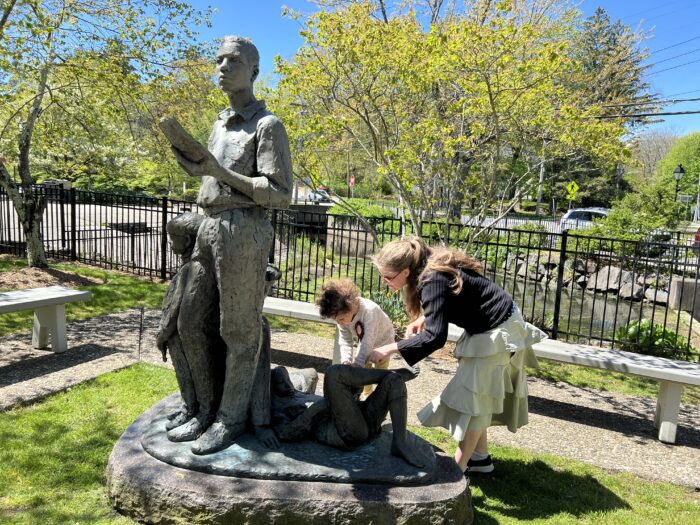
“The only thing you absolutely need to know is the location of your library,” said Albert Einstein. Since 7th Century BC in Ancient Syria, libraries have been an integral part of communities around the world. Even in the digital age libraries continue to be important fixtures in communities across the United States. Here are ten reasons why the library is the most important place in town.
1. Libraries are community centers and the heart of the community. As libraries evolve with the times in their offerings, they are often the first place a new family in town visits. In 2019 a Gallup Poll found that visiting the library was the most common activity among Americans even more than movie theaters.
2. Everyone is welcome. From tiny toddlers to our most senior citizens there is something for everyone at the library. Libraries are spaces where everyone can continue lifelong learning.
3. Libraries are the gateway to the world’s knowledge. Libraries are a beacon of learning and hub of information. Librarians make sure that all information is kept for the future.
4. Libraries are places where people come to know themselves and their communities New mothers connect with other moms at infant story-times. Senior citizens attend events and take classes and make new friends. Non-English speakers find resources. Community building connections happen all the time.
5. Libraries are great places for teens. The library is a safe space for teens after school. Teens attend programs and many find volunteer opportunities at the library.
6. Libraries are nurturing places for children and important partners in child development. From story hours to craft programs and reader advisory, children learn how to share and to be engaged in their community. As Laura Bush says, “Once a child learns to use a library, the doors to learning are always open.”
7. Librarians have been the staunchest defenders of intellectual freedom and libraries are transparent with all the services they provide. Librarians are watchdogs on topics like free speech, copyright, and privacy. Their organization, the American Library Association, lobbies for these rights. They also protect patron rights by not revealing reading history or programs attended.
8. Librarians are the original search engine. In the age of fake news and viral video remixes, librarians show the way to news literacy and facts. Neil Gaiman says, “Google can bring you back 100,000 answers. A librarian can bring you back the right one.”
9. Libraries are important partners in sustainability and economically efficient. Their model of sharing, inter-library loan, for example, allows them to serve many people with fewer resources. Also, they purchase a limited number of resources that many people can use. Patrons can borrow books and DVDs rather than purchase them. And patrons can use shared computers, printers, and photo copiers.
10. Libraries provide information and educational opportunities free for all people. Every resource is free of charge including books, internet access and educational and training programs. Remote access to all these resources is available and they offer 24/7 free WiFi.
Even during the Pandemic, when the world was locked down, libraries served their communities through their website, virtually, by phone and provided curbside pickup. Libraries are here to stay!
Fun Facts about the Chappaqua Library as the library celebrates its Centennial Anniversary this year: Celebrating the Past. Inspiring the Future.
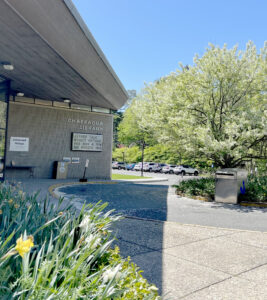
• In 1922, a group of women found space and organized a library in Lou Kopp’s Coal and Feed Store located across the tracks on King Street near the current northbound entrance to the Saw Mill River Parkway.
• In 1930, with over 5,300 volumes a new library opened on Senter Street, now the home of the Community Center. The community had raised $20,000 in subscriptions to build the library. The plans were drawn by Alfred Bussell and believed to have been executed by Samuel Horsfall, neither of whom would accept payment for their work.
• In 1970, the community voted to change from a Free Association Library to a School District Library, which would allow the approval of a bond issue to pay for a new library.
• The current building designed by Chappaqua resident Philip M. Chu opened in December 1978.
• A children’s program room was added in 1986 and the front of the library was expanded in 2006.
• In 2021, the library celebrated the completion of the expansion of the children’s and teen rooms and two other new spaces.
• In 2022, there are over 254,000 volumes in the print and digital collections available to the public plus all that they have access to through the library system and beyond. The Board of Trustees adopted a new logo moving into the next century.

 The Chappaqua Library recognizes a significant milestone in 2022 as it reaches its one-hundredth anniversary. Partnering with community groups, the library has planned a series of programs and activities including a Centennial Ceremony on Saturday, June 4, 2022, with community guests and burying a time capsule.
The Chappaqua Library recognizes a significant milestone in 2022 as it reaches its one-hundredth anniversary. Partnering with community groups, the library has planned a series of programs and activities including a Centennial Ceremony on Saturday, June 4, 2022, with community guests and burying a time capsule. 